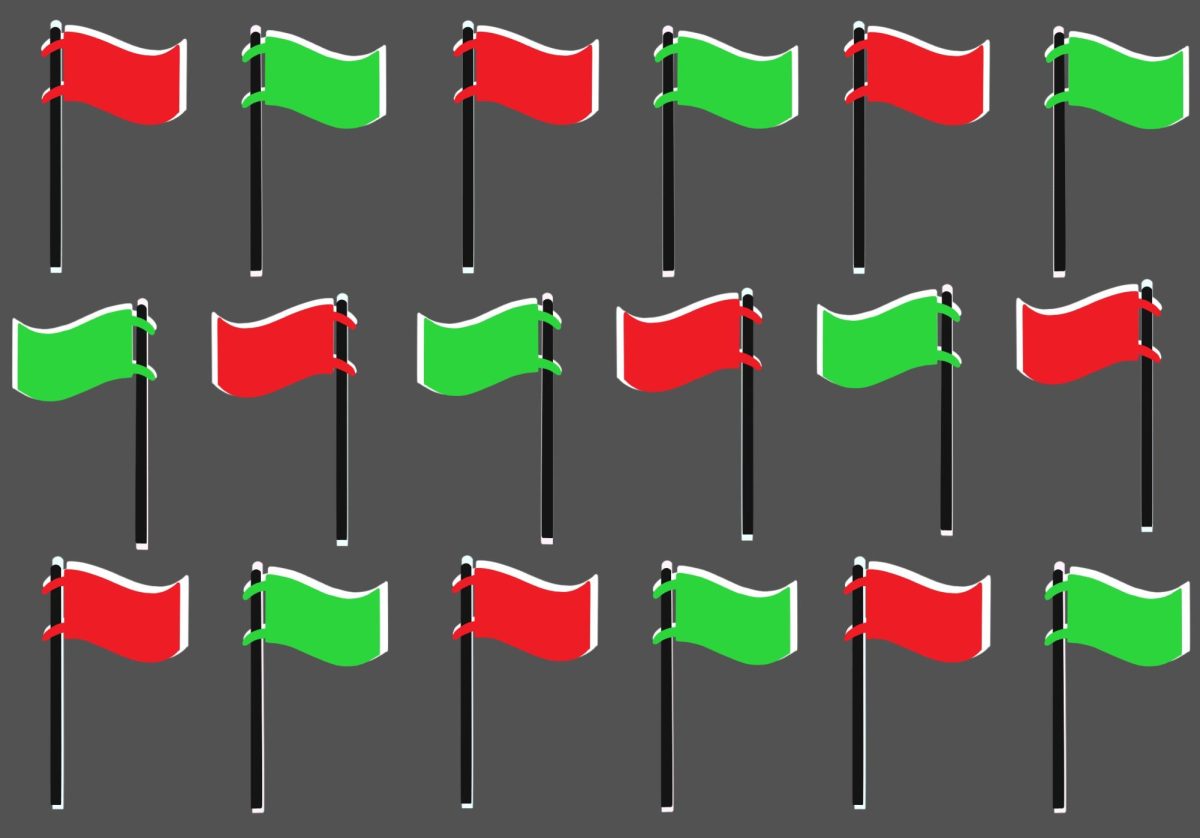L
 ocking, popping, uprocking, be-bop, hip-hop and electric boogaloo! There’s always enough time, whether you’re a new school player or an old school foot-working fool, to get down and work the asphalt. This week, Doug Elkins, the New York-based choreographer and dancer, brings a contemporary mix of ballet and “b-boying” (break dancing) to the University dance department and its students.
ocking, popping, uprocking, be-bop, hip-hop and electric boogaloo! There’s always enough time, whether you’re a new school player or an old school foot-working fool, to get down and work the asphalt. This week, Doug Elkins, the New York-based choreographer and dancer, brings a contemporary mix of ballet and “b-boying” (break dancing) to the University dance department and its students.
Break dancing, which emerged in the early 1970s, coincided with the spare beginnings of other hip-hop culture such as graffiti art and hip-hop music. In their embryonic stage, these cultural forms were considered little more than fads. In the 1980s, despite nationwide popularity, break dancing was slow to come to dancers’ attention as a professional style. However, various technical/athletic skills involved in martial arts and classical dance forms became familiarized with the styles of “breaking.”
For dancers like Elkins, growing up in this environment allowed them to eventually incorporate these new forms into the repertoire of modern dance.
“The pinnacle, like most kids growing up in New York City, in that culture at least, was to hopefully dance on the Soul Train line,” Elkins said. “Everyone used to practice doing everything from the ‘electric boogie’ to a California style called ‘locking.’ “
In addition to New York City’s hip-hop culture, martial arts and ballet heavily influenced Elkins’ explosive dance style. Adoration for Bruce Lee commingled with the childhood preoccupation of becoming a “superhero.” This led him to the study of capoeira, aikido and kung fu. Yuen Wu Ping, the fight choreographer for such movies as “Crouching Tiger, Hidden Dragon” and “The Matrix,” remains one of his favorites, Elkins said. Later, he went on to study contemporary dance and ballet at the State University of New York-Purchase.
Dancing is the language of movement. Comparisons between it and other languages give rise to key components in Elkin’s understanding of dance. “In contemporary dance (there) is a high tolerance for uncertainty,” Elkins said. “It’s not something that you can build using reason and logic. A movement language can be very abstracted but it can also be as immediate as written language because it can be spoken on the body.”
There’s no strictly didactic system in Elkins’ method. He prefers to use improvisational conversation and games to instruct his students’ dance-making. The limitations of these games provide a fragile structure that dancers can interact with and invent new movements. “In your practice,” Elkins said. “You find just enough form to let that (improvisation) ride, to let the momentum of what you’re doing get carried. And maybe that’s what developing any kind of ‘technique’ is. It is merely a tool.”
Acting as workshops, the “Cowles Artist Informal Showings” afford resident dancers and choreographers, brought in by the University, a chance to showcase their ideas. Here, students can collaborate with professionals on new and restaged work while developing their range of style and technique.
The Cowles visiting artist program originated from an endowment by Sage Cowles and John Cowles Jr. in 1987. John, a former president and owner of the Star Tribune, and his wife have been a strong impetus in the Twin Cities art scene, said Linda Shapiro, Cowles chair and outreach coordinator for the dance department.
“Even though people don’t get the costumes, the lighting and all the theatrical elements, (the informal showings) are really fun. You get to see a dance that’s hot off the press,” Shapiro said.
It can be quite an experience to watch others sweat, defy the laws of physics and cleave space in two. These dancers are so hot, they freeze, defying logic and classical expectations.
WHERE TO GO |
COWLES ARTIST INFORMAL SHOWINGS
When: 4 p.m. Friday |







